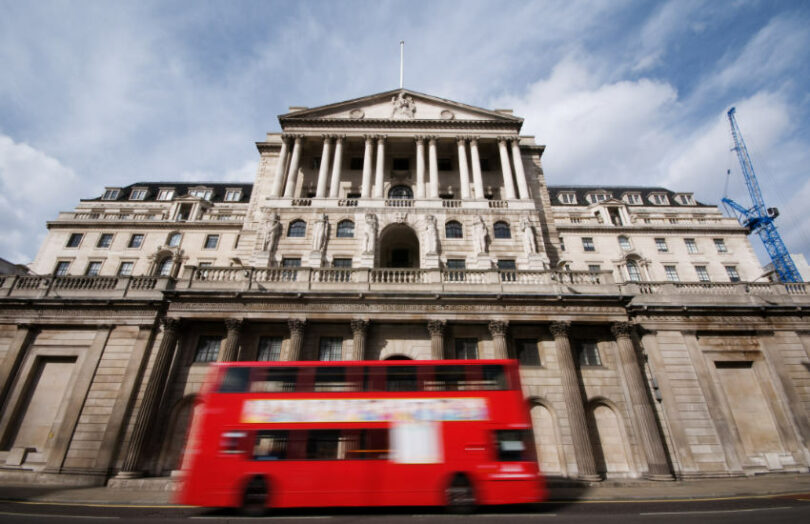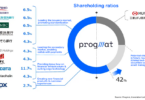During a speech yesterday, the Bank of England’s Sasha Mills outlined the need for tokenized wholesale transactions to be settled in central bank money. Ms Mills is the Executive Director of Financial Market Infrastructure.
“If central bank money is unable to interact with new technologies, there could be a risk of high value wholesale settlement activity moving away from central bank money to private settlement assets, weakening financial stability,” she said.
Ms Mills outlined some of the options to ensure transactions continue to be settled in central bank money. That’s especially relevant since applications opened for the Digital Securities Sandbox, a joint initiative between the Bank and the Financial Conduct Authority.
The first option is to use the omnibus account facility. This allows banks to transfer money to a shared central bank account, where the cash is tokenized as a joint token. That’s the model of Fnality which went live (with limits) last year. The Bank also has a long term plan to extend the hours of its renewed RTGS system and is planning a synchronisation interface. This will be an extension of work done as part of Project Meridian which completed last year. Plus, the bank is considering a wholesale CBDC.
In late July the Bank published a discussion paper on innovation in money and payments, inviting input on the synchronisation work and a potential wholesale CBDC. The deadline for feedback is at the end of October. The Bank is also taking part in Project Agorá, which explores the upgrade of correspondent banking using multiple wholesale CBDCs.
“There’s a huge amount of work taking place in industry around the adoption of digital assets; unless we’re alive to this work, the speed at which certain markets and activities become systemic may outpace the ability of policymakers to build infrastructures and frameworks to respond,” said Ms Mills.
The desire for central bank money
It’s worth circling back to why central banks are so keen on using central bank money. The settlement of tokenized assets can use delivery versus payment. Hence, there’s no risk that one party hands over the funds but doesn’t receive the asset. However, that only addresses counterparty risk. There’s still credit risk. In other words, if the buyer has money at a bank to pay for the assets, it’s possible the commercial bank could go bust before the settlement.






